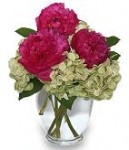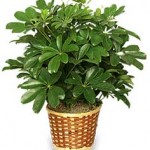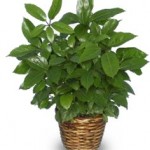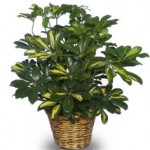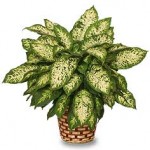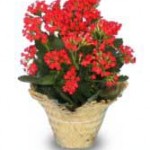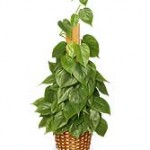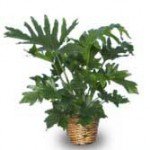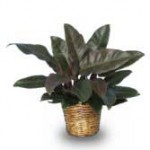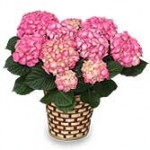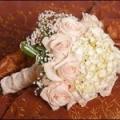Ask the Expert: November/December flowers
I’d really like a bouquet with blue hydrangea and a couple white cabbage roses mixed in, but I think hydrangea will be out of season in late Nov, early Dec. Is there another blue flower I could substitute?
Thank you!
Amy
Plant Expert Reply:
You’ll be glad to know hydrangeas are available to florists year round. So you won’t need to subsititue another flower for hydrangea blooms in your wedding bouquet.
Although hydrangeas are used mostly in spring (March, April, May) and summer (June, July, August), we are seeing a rise in hydrangeas use in fall weddings (September, October, November). Winter brides (December, January, February) often use hydrangea blooms when they want a large white bloom. This beautiful bloom is a wonderful wedding flower choice.
If you still need ideas for blue wedding flowers let me know.


 Find Your
Find Your 
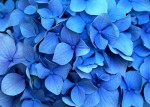
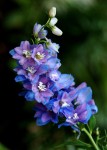 Consider the enchanting
Consider the enchanting 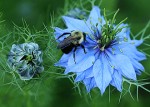 The ethereal, light and airy
The ethereal, light and airy 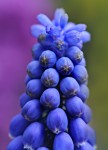 It just wouldn’t be spring without masses of tiny
It just wouldn’t be spring without masses of tiny 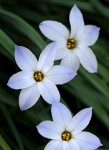 Star-shaped, pale blue
Star-shaped, pale blue 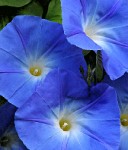 In my humble opinion, a garden without
In my humble opinion, a garden without 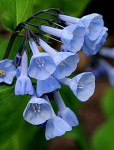 The buds of the herbaceous perennial
The buds of the herbaceous perennial 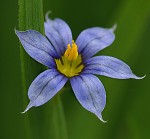 Best planted in large groups for maximum visual impact,
Best planted in large groups for maximum visual impact, 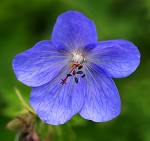 This
This 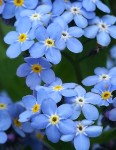 And finally, we can’t forget the diminutive
And finally, we can’t forget the diminutive 